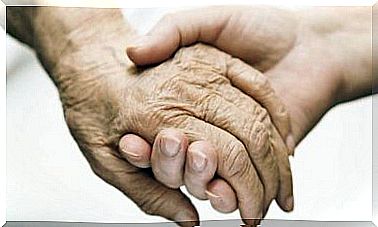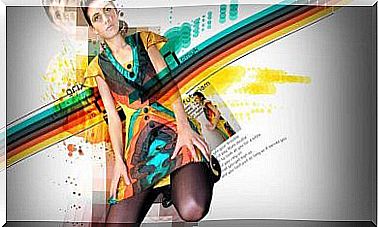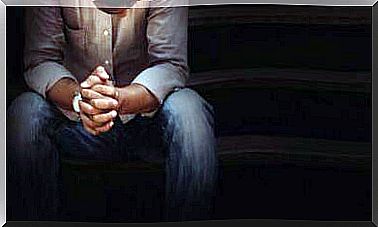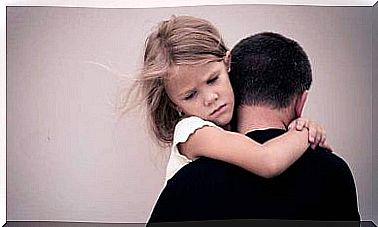The Theory Of Framing And Communicative Manipulation
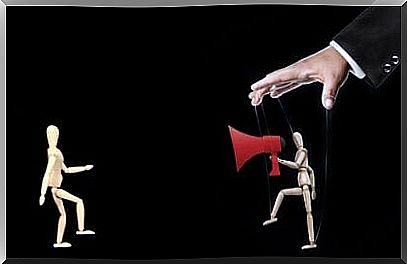
The theory of framing or framing theory comprises a set of concepts drawn from sociology and communication sciences. It tries to explain why people focus their attention on certain aspects of reality and not on others. Likewise, why do the majority end up seeing reality in a certain way and not in another.
The theory of framing has been applied to the mass media. It starts from the idea that reality is presented by the media after having been subjected to a “frame”. That is, to a certain approach that privileges some aspects and downplays others.
In this way, what is presented to us as “reality” is only a part of it: that which is located within the framework that is previously carried out. In this way, people’s attention or interest is deliberately directed towards some aspects. In other words, society’s gaze is shaped so that it sees things in a specific way.
Background to the theory of framing
One of the first to speak of “frame” or “framing” was the psychologist Gregory Bateson, in 1955. This researcher defined frames as instruments of the mind that allow us to define the differences between things. In other words, frames are used to define the limits of objects and thus distinguish them from others. We know that a pencil is a pencil and not a thermometer because of the particular features that differentiate them.
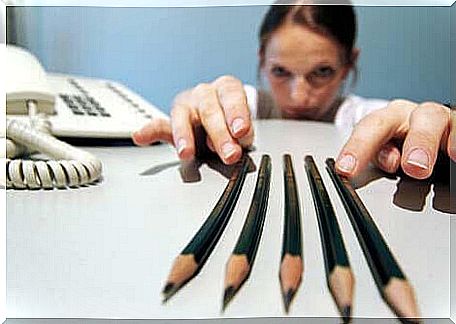
In 1974 the sociologist Ervin Goffman took up the subject. He pointed out the principle that what is fundamental is not reality itself, but the way it is interpreted by the subjects. It established that information is understood in one way or another, depending on the context in which it is presented.
For example, if I set the frame “dangerous people “, everyone who appears in this category, whether they belong to it or not, will be seen as undesirable. If I put a young “Rasta” there, probably someone who does not know something about this movement will assume that, indeed, it is dangerous. The frame determines the interpretation of the object.
Barbara Tuchman was the one who brought all these concepts to the field of communication itself. In 1978 he pointed out that the news operates as a frame. It is designed by the media and by the journalist, and determines the way a society sees reality, but not reality itself.
The processes within the media
According to the theory of framing, the exercise carried out by the media comprises several processes. They are as follows :
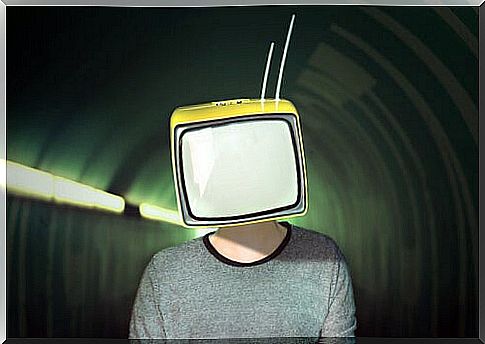
- Select some aspects of reality.
- Give more relevance to these aspects in the information or in the communicative text.
- Define a problem associated with these aspects.
- Propose an interpretation that indicates what is the cause of this problem.
- Make a moral evaluation for that problem, or suggest solutions, or recommend certain lines of action.
Framing theory also proposes that this entire process occurs in different phases. These are:
- Framing in the emitters. It corresponds to the stage in which the criteria from which the public will be informed are established. It involves the interests of the issuer of a news item, in personal and institutional terms.
- Framing the news. Understand what is said and how it is said. It is decided where to emphasize, what are the limits of that information and what meaning is given to the different topics.
- Framing the hearings. It is the way of interacting between the previous frames with the pre-existing thought structures in the audience. In one way or another, they seek to act in accordance with these.
The communicative manipulation
What is relevant in all this is to understand that the way reality is presented to us through the media is not reality itself. It is important to realize that it is healthy to be critical of the information we receive.
An example makes all of this clearer. Consider the US invasion of Iraq. It was preceded by information according to which a chemical weapons plant had been detected, which would eventually be used against defenseless civilians. Then the arrival of the troops was shown as a heroic act. To prove it, the whole world saw the image of thousands of people tearing down the statue of Saddam Hussein in Baghdad.
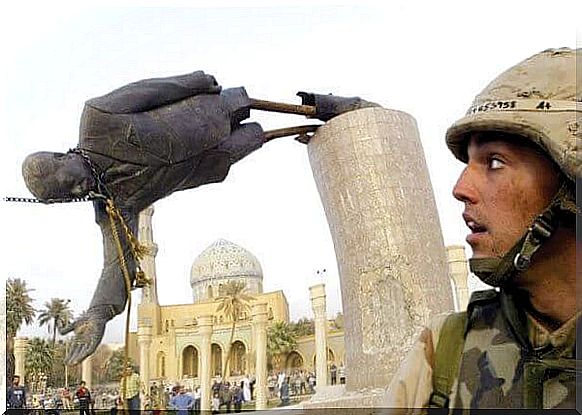
That last image was evidence of what? Simply that thousands of people were against the Hussein regime. But those thousands were not all of Iraq. However, he made himself look like this: as if there was a consensus. In time we also learned that the supposed chemical weapons plant never existed. And that in Iraq there were sectors that were totally against foreign intervention. Despite this, many probably still hold the initial version of events. They endorsed the framing that the media designed.
